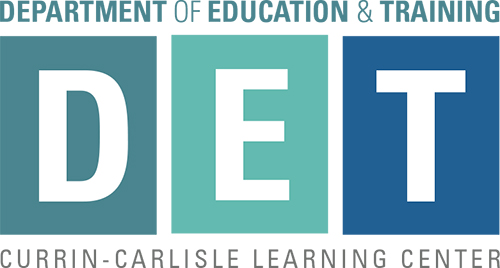Patient Education/Health Literacy
Patient education is an integral part of health care services at ZSFG. The goal of patient education is to improve patients’ health by promoting healthy behaviors and engagement in care.
When specific education materials are not available from a contracted vendor, the Clinical Department oversees and develops patient education materials to meet patient needs.
Materials and resources used for providing patient teaching must comply with regulatory requirements and utilize best practice standards, including but not limited to:
- 5th grade or less reading level.
- Avoids complicated medical terminology or jargon. Clearly defines medical terms, when used.
- Use of common, simple words to be as clear as possible and minimize the risk of misunderstanding.
- Provided in spoken/written language understood by the learner and, when appropriate, in which they are literate.
- Includes pictures and graphics to support learning.
The Department of Education and Training (DET) offers assistance to ZSFG health educators and providers in developing effective and quality patient educational resources and materials. The process for requesting support in the development of your patient education materials is outlined in the this standard work.
If you have questions regarding the Patient Education request form, please contact:
Angelica Cardenas, MPH
Education Coordinator
Email: angelica.cardenas@sfdph.org
Phone: (415) 206-2545
Patient Health Literacy & Reading Level
Health Literacy is defined as “the degree to which individuals have the capacity to obtain, process, and understand basic health information and services needed to make appropriate health decisions.” (Institute of Medicine report Nielsen-Bohlman et al., 2004) According to the NIH National Library of Medicine, health literacy is not simply the ability to read, it requires skills such as listening, analytical, and decision-making skills, and the ability to apply these skills to health situations (NLM, NIH).
In order to develop effective patient health educational materials, it is essential to ensure materials are accessible and readable. DET suggests extensive use of clear visuals and drawings in preparing patient educational resources. Additionally, provide educational materials at the appropriate reading level. The link below helps to analyze the readability of text based on grade level: http://www.joeswebtools.com/text/readability-tests/
References
- National Library of Medicine (NLM), National Institute of Health (NIH)
- Health Literacy: A Prescription to End Confusion, Nielsen-Bohlman, L., Panzer, A. M., Kindig, D. A. (2004). Institute of Medicine
More Resources
- Bennett IM, Chen J, Soroui JS, et al. The contribution of health literacy to disparities in self-rated health status and preventive health behaviors in older adults. Annals of Family Medicine, 2009, May-Jun;7(3):204-11.
- Centers for Disease Control and Prevention. Older Adults: Why Is Health Literacy Important?
- Joint Commission. (2007). What did the doctor say?: Improving health literacy to protect patient safety. Oakbrook Terrace, IL: Joint Commission on Accreditation of Healthcare Organizations.
- Rudd, R. Improving Americans' health literacy. New England Journal of Medicine, 2010; 363(24):2283-85.
- Weiss, B. D., American Medical Association., & AMA Foundation. (2007). Health literacy and patient safety: Help patients understand. Chicago, Ill: AMA Foundation.
- White S, Chen J, Atchison R. Relationship of preventive health practices and health literacy: a national study. American Journal of Health Behavior, 2008 May-Jun;32(3):227-42.
